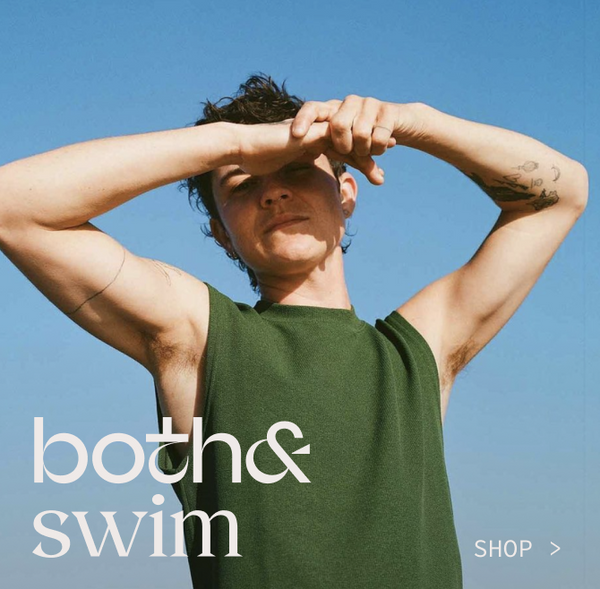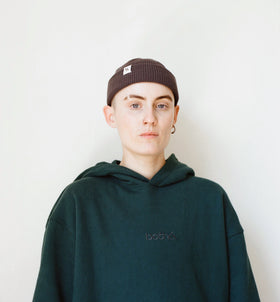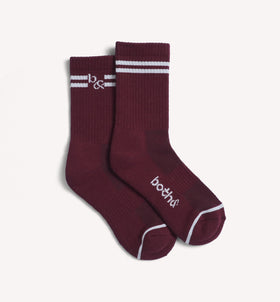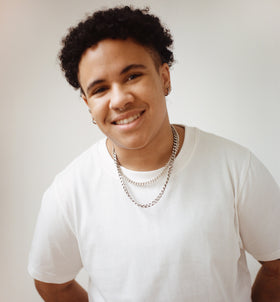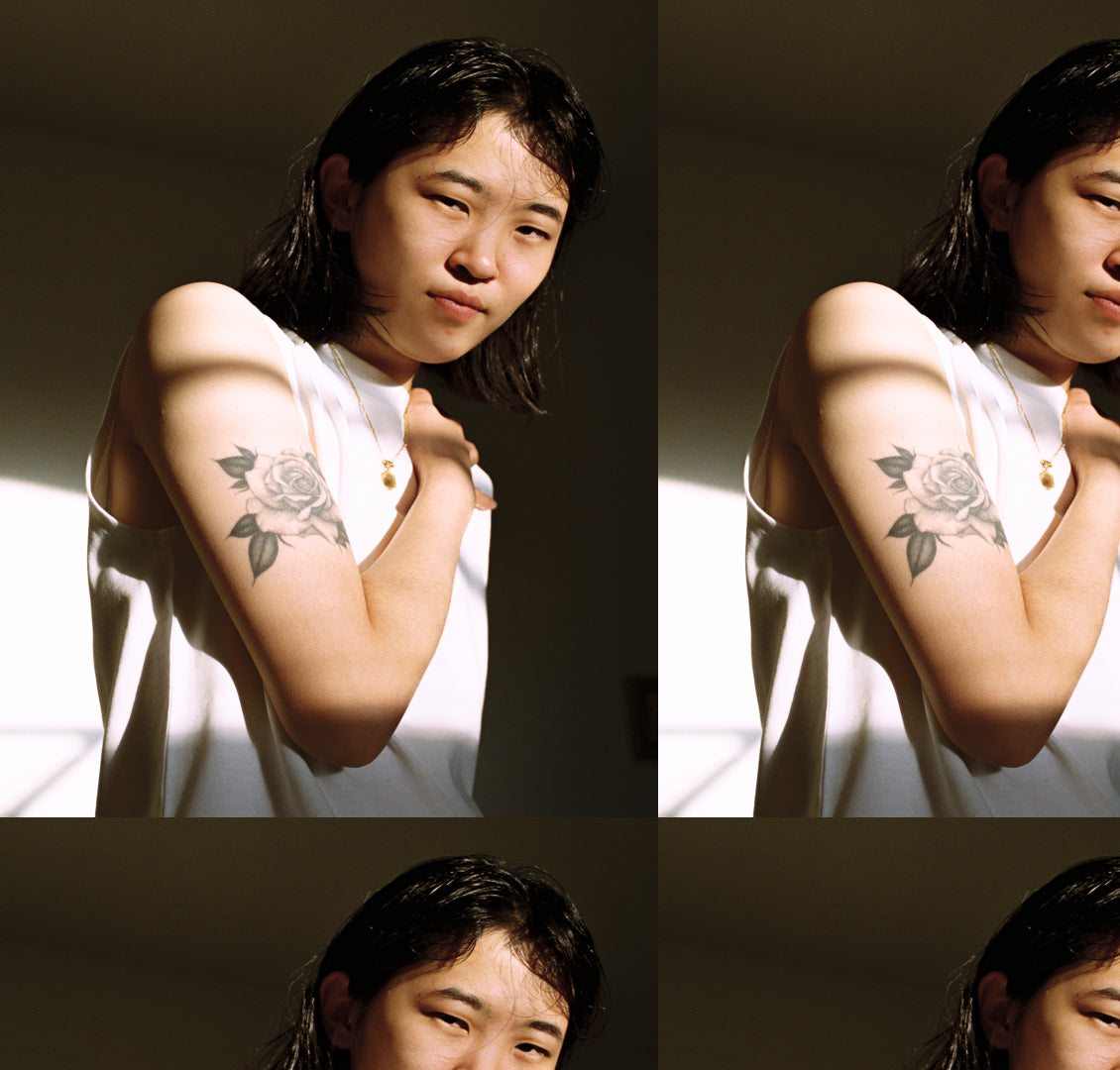
Feb 21, 2024
What Does ‘Androgyny’ Really Mean?
Ella Dame
While it has recently become a more discussed, marketed and accepted concept, non-binary clothing and self-expression is not a modern idea. Androgynous expression has existed since the 17th century and it has continued to evolve throughout history. Though the actual fashion and common elements of expression have greatly changed over time, the underlying sentiment remains the same– a celebration of embracing the ethos, philosophy, and aesthetic behind non-binary existence.
The Term ‘Androgyny’
Best described as what it is not, androgyny is not a binary representation of gender but rather is an ever changing combination of both femininity and masculinity. The root of the word itself is a representation of this melting pot of gender expression. The root word ‘andro’ refers to maleness, men, and masculinity while the root word ‘gyn’ refers to femaleness, women, and femininity. This mixture of the two concepts can be represented through style, fashion, and any other expression of identity.
Where Did Androgyny Come From?
The concept of androgyny as we know it can be traced back to roots in the 17th century. During the industrial revolution, there was an emergence of uniforms that began to mix facets of men and women’s attire.
The androgynous fashion movement began to truly gain traction with the creation of ‘the bloomer’, designed by Elizabeth Smith Miller. This article of clothing combined elements of masculine clothing and traditional feminine dresses. They were turkish style trousers that had an attached skirt that reached below the knee.
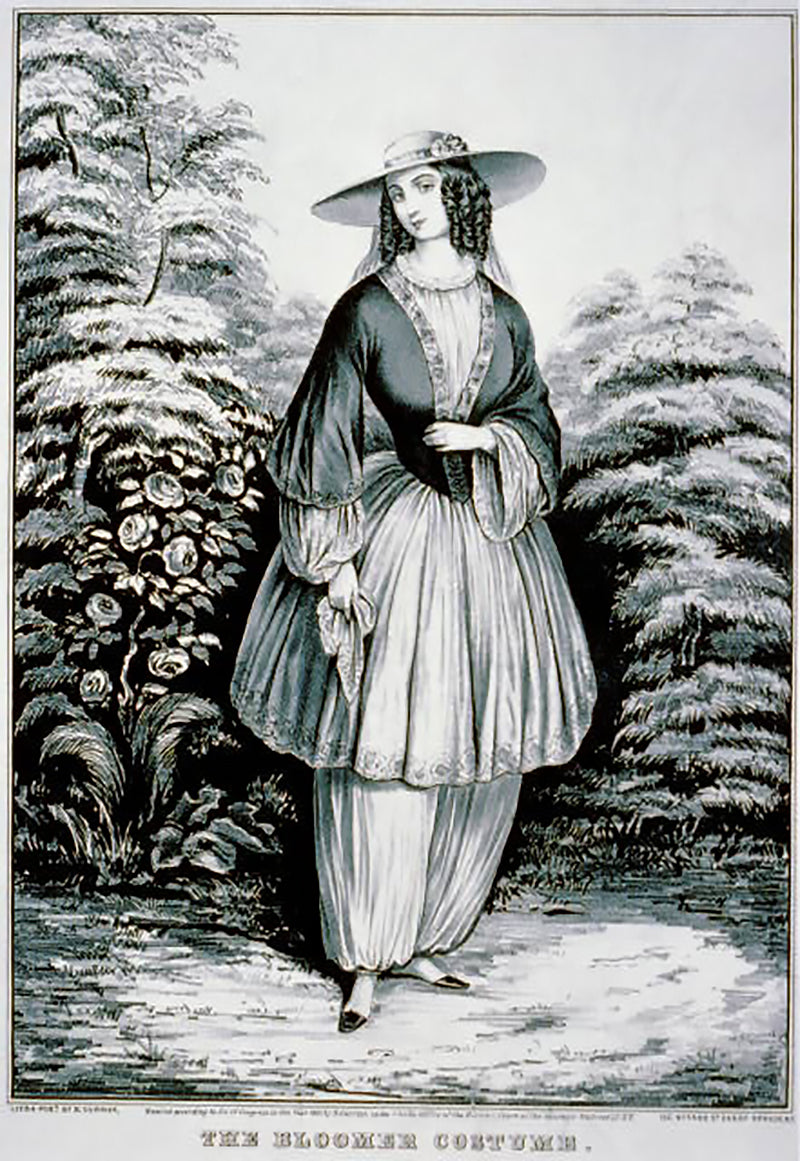
This oddity created a large amount of upset as it defied gender norms and broke fashion rules. However, the bloomers became widely adopted by the women's suffrage movement and became a symbol of rebellion.
The historical origin of rebellion and androgyny carries into modernity as it is a defiance of gender norms and binaries through self expression. Self expression through the lens of rebellion and authenticity is a continuous spirit fostered by the both-and-ness of wearing true fit clothing and revolution against any limiting gender norms.
How Can Androgyny Be Presented?
Like any other facet of a person's identity, such as gender, sexuality, or even favorite color scheme, androgyny can be presented in a variety of different ways through a variety of different mediums. Both in the past and now, a huge part of androgyny is experimentation and trying different methods of self expression that feel authentic to the individual.
-
Clothing and fashion has historically been a vehicle for communication and self expression. Whether that be social communication relating to status, gender, sexuality, or any other facet of identity, historically clothing has played a large role in how humans interact with each other. Androgyny in fashion is any mixture of these more masculine and feminine elements. Today, people may experiment with pieces that can be worn in many different ways. For example, the Francis is a staple piece that can be worn in many androgynous and versatile ways. The button up is made in a luxe cotton with proportions that create a more masc silhouette. Short sleeve button ups like the Francis are often perceived as quite masculine within fashion but the cut and fit of the shirt allows for much versatility. If worn with very baggy lower rise pants, the shirt would best fit a more masculine leaning look. Conversely, worn with tighter pants or pants that hold more of a bold statement (through color, pattern, etc.), the Francis becomes part of a androgynous look. Playing with gender norms and fit is an open-ended experience, dependent on the wearer similar to Both&’s clothing– clothes made to fit you.
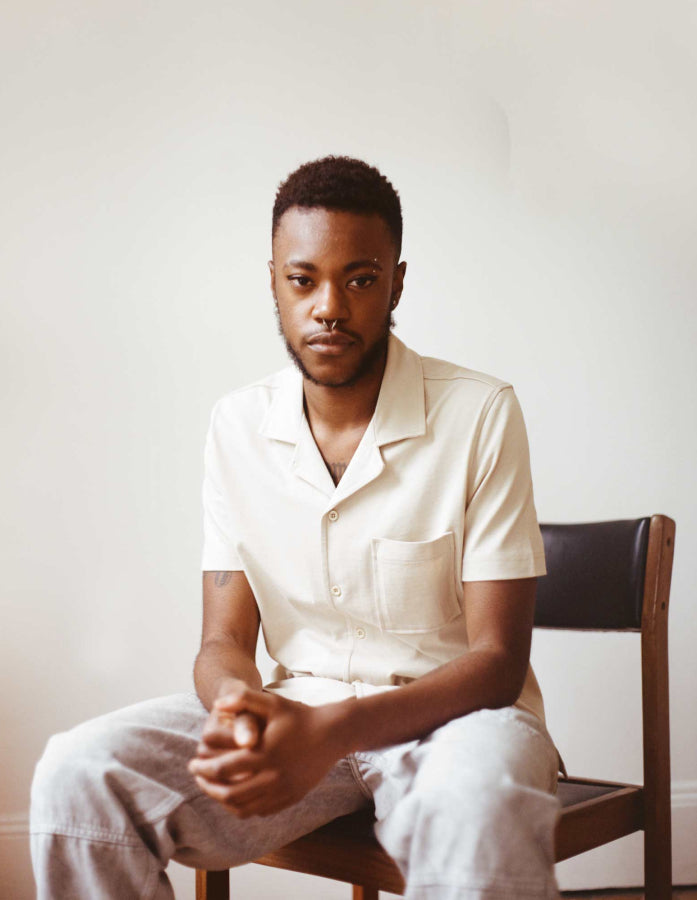
-
Makeup, like clothing, is an open-ended experiment individual to the person putting it on. A large asset to creating statements of expression is color and color theory is the center piece to makeup. Creating looks that are cooler toned versus warmer, vibrant versus muted, natural versus artistic are all decisions made when applying makeup. Creators like Niko Haagenson (@nikohaagenson) utilize creative and abstract makeup looks to express their unique identities. Haagenson demonstrates androgyny in various ways. For example, while wearing an everyday outfit Haagenson applied blush “to the heavens” to contrast with the outfit and express a unique adoption of a simple makeup commonality. (See the look explained)
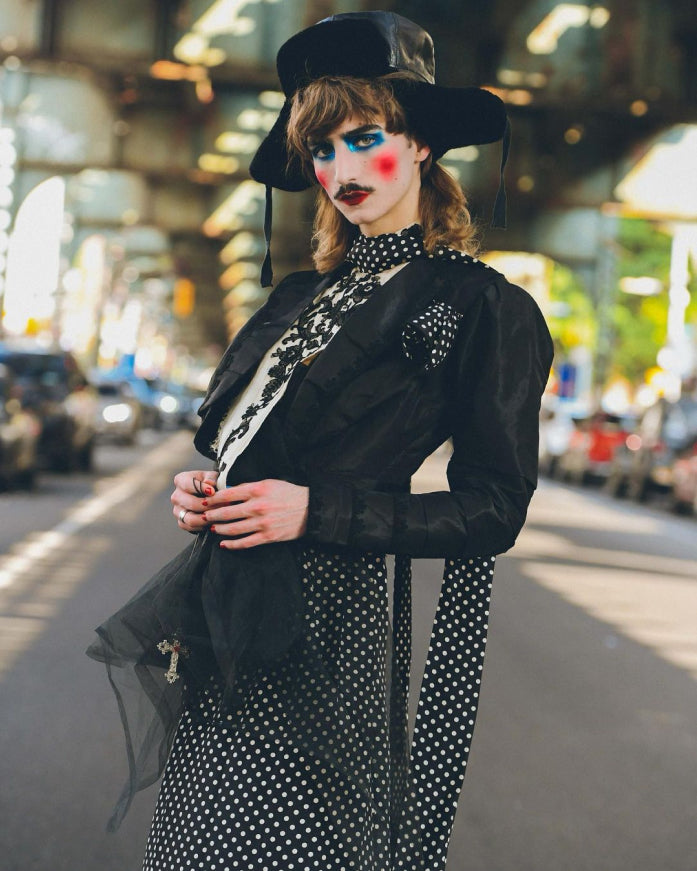
Image Credit @nikohaagenson
- “Hair is everything”, a quote very seriously said by Phoebe Waller-Bridge in her TV show Fleabag. The quote indicates the weight that society puts on hair and how integral it is to a person's identity. Haircuts can bring euphoria to many people and affirm their gender identity. Haircuts can also be a medium for androgynous expression. Like the word androgyny, balancing a mixture of feminine and masculine qualities, androgynous haircuts find this in between of style binaries. Androgynous haircuts oftentimes utilize keeping both short and long locks of hair to demonstrate a culmination of norms. Stylist Ashely Medina (@ashleymedinahair), endearingly known as mother mullet, posts her androgynous haircuts on Tiktok for an audience of 693.2k followers. Her videos demonstrate the different methods that can be employed to create genderless haircuts that empower the individual.
Authenticity And Androgyny
Expressing yourself in the most authentic manner you can is key to sustaining gender joy and representing yourself in a way that truly feels like you! If you’re looking for ideas on how to use clothing to authentically display your androgyny, visit our dressing room channel in our Discord for inspiration!

